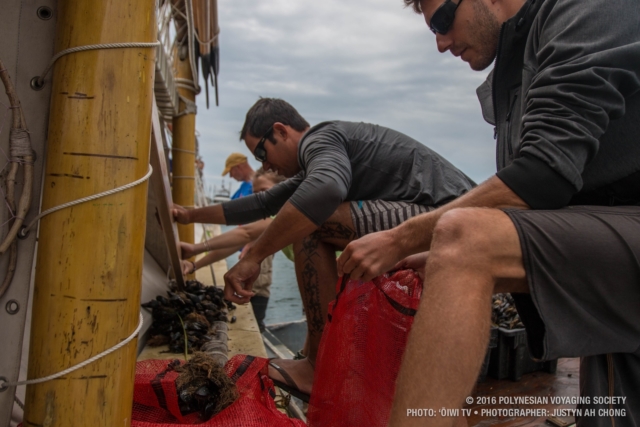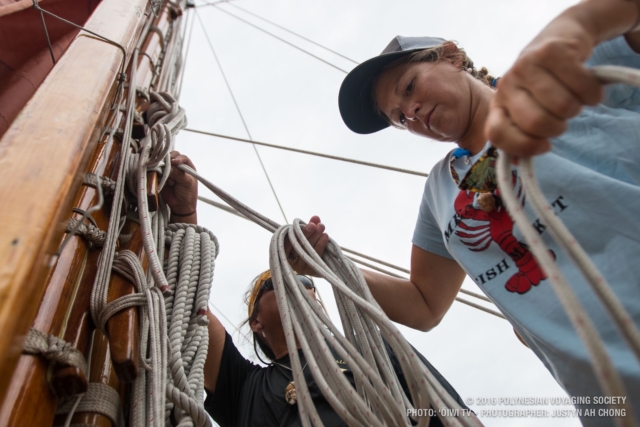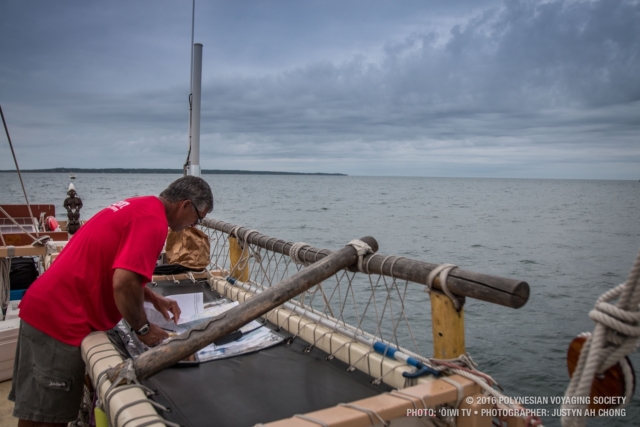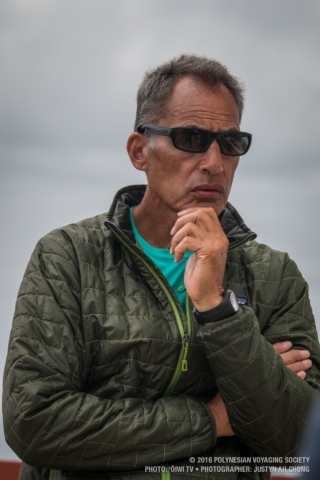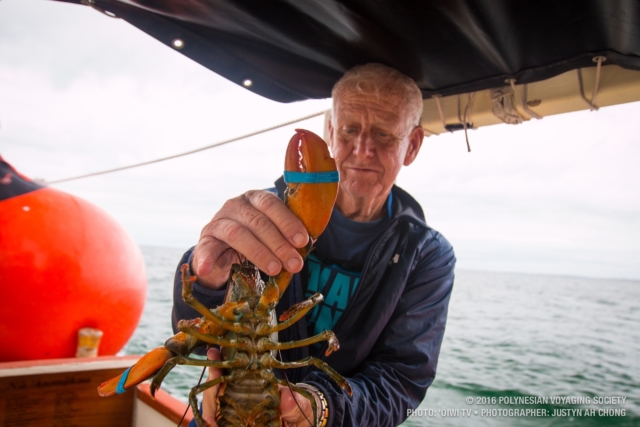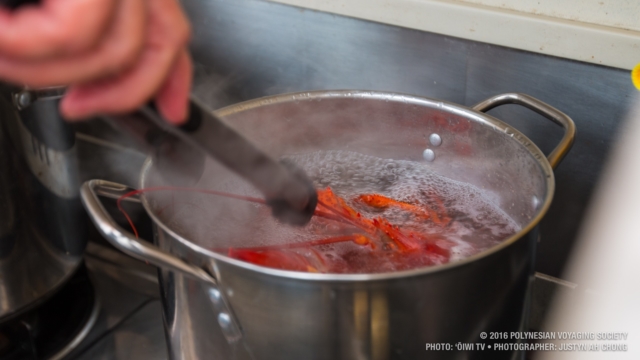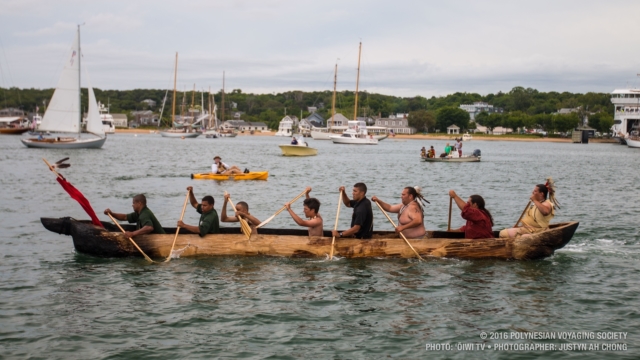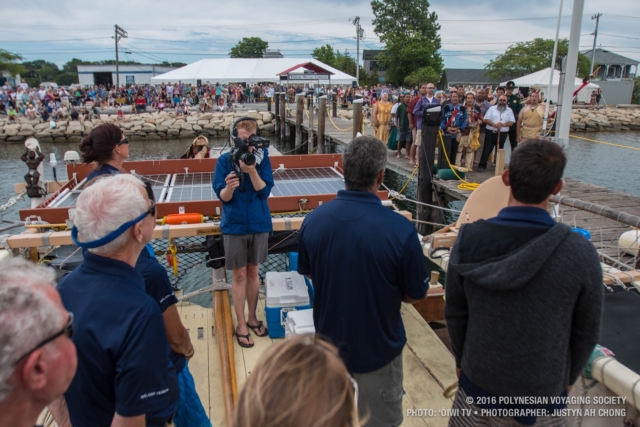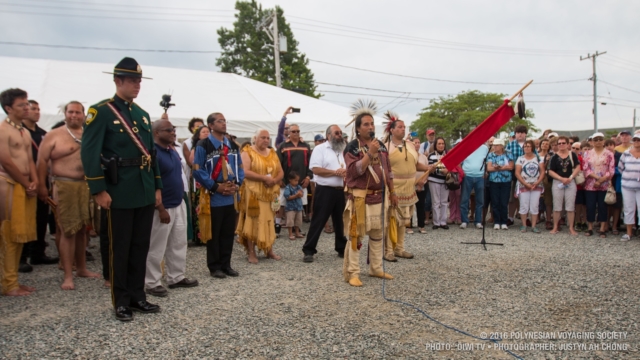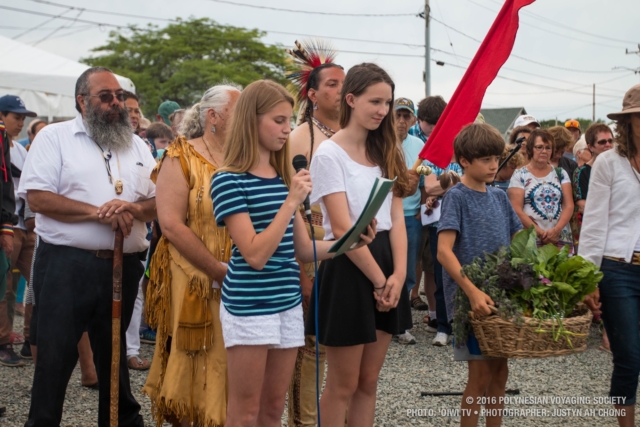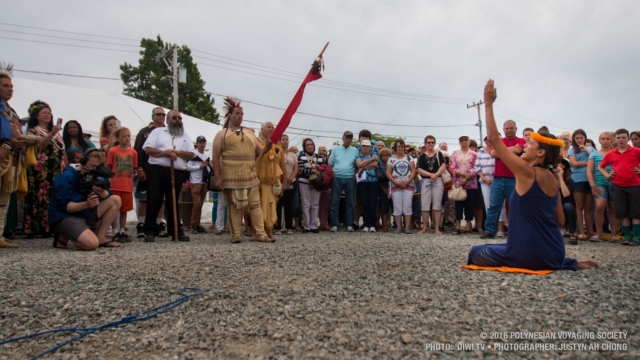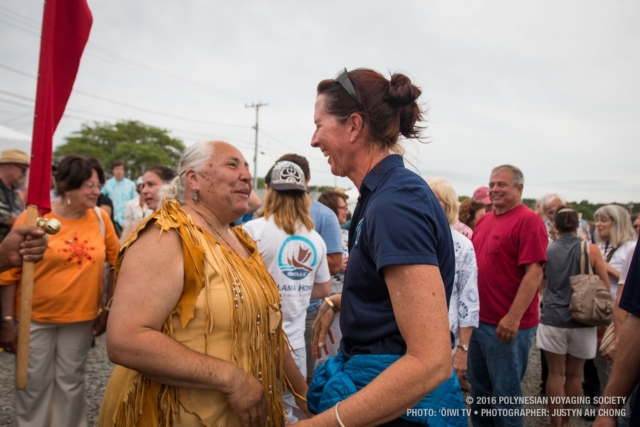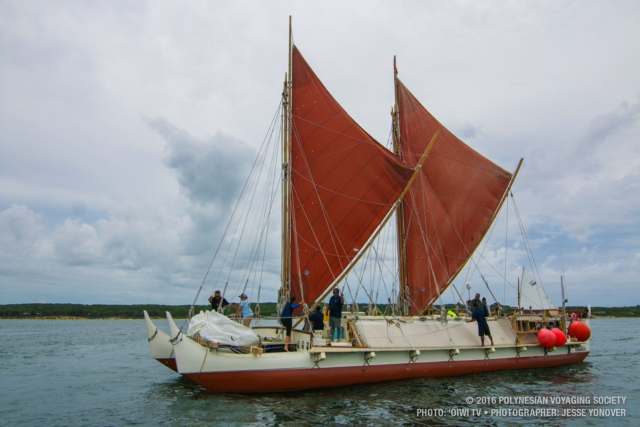
Crew Blog | Catherine Fuller: From Mau to a Mishoon
- Posted on 29 Jun 2016
- In Crew Blogs, Cultural, Malama Honua Selects, Newsletter, Photo Galleries, Teachers
 Written by Catherine Fuller
Written by Catherine FullerForty-one years ago, a small group of men conceived an idea to recreate a Polynesian voyaging canoe. This was a vessel that had not been built in over six hundred years, and there were many who said it could not be done. It was. Those same men then sought out a navigator for their canoe, one who had skills that our people had lost, to guide it to Tahiti. There were those who said it could not be done. It was. Later, Pius Mau Piailug, the Navigator, agreed to go beyond his own culture to share his skills with the Hawaiian people. This sharing was the greatest gift one man could have given to us – a spark that helped to rekindle pride and interest in Hawaiian culture. Hōkūleʻa’s achievements were a pebble dropped in a larger cultural pond. As the ripples spread, they touched not only the people of our islands, but of our Polynesian cousins as well.

Since that time, canoe culture has enjoyed a rebirth, but so have other aspects of culture as well. When you have a canoe, you must have protocols. You must learn the proper terms for parts of the canoe, for the winds, the skies, the waves, the fish and the birds. You must learn about our oceans and our landforms to be able to recognize them readily. Having the skill to navigate our canoes gave us the skill to navigate our destiny as Hawaiians; all that was the gift of one man.

About six months ago, Nainoa Thompson broached the idea of Hōkūleʻa making a stop in Martha’s Vineyard to pay a visit to his cousin Sam Low, a lifelong resident. Sam, in his planning, approached Tobias Vanderhoop, the head of the Aquinnah Wampanoag Council, and asked how Hōkūleʻa might properly make landfall on the island in accordance with traditional protocols. Sam asked Tobias for a letter of invitation for the crew. He waited for an answer, and with Hōkūleʻa’s arrival now three months away, he approached Tobias again. The response he got this time was that the proper way to greet a traditional canoe was with another canoe.

A small group of the Aquinnah tribe literally worked night and day for weeks to shape and burn out a tulip poplar tree to create their mishoon. Like Hōkūleʻa, many in the tribe asked why a mishoon should be built and doubted the abilities of the young men who worked on it. The canoe builders were able to launch it only the day before we arrived, and paddled out to greet us after a mere ten minutes of paddling practice. Despite the rush to complete it, the fact that the mishoon came out to greet us at sea was enough to bring tears to the eyes of Wampanoag elders. This mishoon is small in size compared to Hōkūleʻa, being only large enough to seat between six and eight people, yet it is a vessel of great importance. No mishoon had been constructed in Aquinnah for more than three hundred years.

At our arrival ceremony, and again at the departure, Tobias’ voice shook with emotion as he described the pride that the mishoon gave to the tribe and their gratitude to Hōkūleʻa for inspiring them. He spoke of the connection forged between the Wampanoags and the Hawaiians and the spark that has now been lit in his own people. Tribal historian Bettina Washington couldn’t stop smiling. Many conversations I had with her centered around the revival of culture that this particular vessel might now bring to the tribe, including gathering stories of stars, winds and seas to create their own star compass and deeper understanding of their environment.

The Aquinnah Wampanoag are now in a space that we once occupied; finding themselves with not only a canoe, but a key to a living culture. In them we see a reflection of ourselves, seeking a revival of what was once lost. The gift that Papa Mau gave to us, we are privileged and humbled to pass on. We wish them luck as they begin their own journey of discovery, and look forward to the day we can again meet as people of the sea.
Help fund the Voyage as we sail the East Coast
Hōkūle‘a’s visit to the eastern United States is a historic milestone in her 40 years of voyaging.
Celebrate with us by pledging your support to the Mālama Honua Worldwide Voyage.

